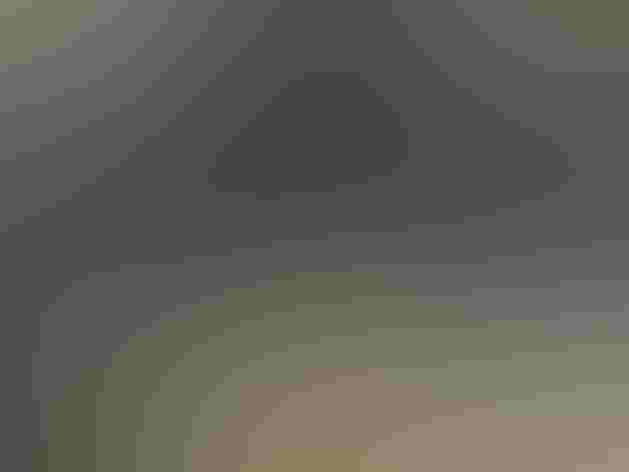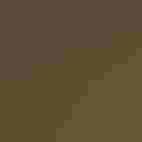Abert’s Towhee
At a Glance
Along streams in the desert Southwest, a sharp pinging note in the thickets announces the presence of Abert's Towhee. If an observer tries to approach, a pair of these towhees may stay just ahead and out of sight, calling in an odd squealing duet when pressed too closely. When undisturbed, they feed on the ground under dense bushes, scratching among the leaf-litter. Many southwestern 'specialty birds' have extensive ranges in the tropics, but this towhee barely gets across the border into northwestern Mexico.
All bird guide text and rangemaps adapted from Lives of North American Birds by Kenn Kaufman© 1996, used by permission of Houghton Mifflin Harcourt Publishing Company. All rights reserved.
Category
Perching Birds
IUCN Status
Least Concern
Habitat
Arroyos and Canyons, Desert and Arid Habitats, Forests and Woodlands, Shrublands, Savannas, and Thickets, Urban and Suburban Habitats
Region
California, Southwest
Behavior
Flitter, Running
Population
950.000
Range & Identification
Migration & Range Maps
Permanent resident, rarely wandering even short distances away from favored habitat.
Description
9 1/2" (24 cm). Slim and long-tailed. Warm buffy brown with black face, pale gray bill. Usually in denser habitat than Canyon Towhee, and has different voice.
Size
About the size of a Robin
Color
Black, Brown, Tan
Wing Shape
Broad
Tail Shape
Long, Rounded
Songs and Calls
Call is a single bell-like note. Song resembles a rapid series of call notes.
Call Pattern
Flat
Call Type
Chirp/Chip
Habitat
Desert streams, brush, mesquite. Typically found in dense brush near water in arid lowlands, as in streamside thickets, edges of ponds or irrigation ditches, understory of cottonwood-willow groves, even riverside marshes. In some areas (such as around Phoenix), comes into yards in well-watered suburbs. Overlaps in habitat with Canyon Towhee in some places, but Abert's stays closer to water in dense cover, avoiding dry open hillsides.
Sign up for Audubon's newsletter to learn more about birds like the Abert's Towhee
Behavior
Eggs
1-4, usually 3. Pale blue or whitish with markings of dark brown and black. Incubation is apparently by female only, about 14 days.
Young
Both parents feed the nestlings. Young leave nest about 12-13 days after hatching, before they are full-grown, but unable to fly for another week; tended by parents for a month or more. Often 2 broods per year.
Feeding Behavior
Forages mostly on the ground, often scratching with both feet. Also forages on bark at base of trees, and in low bushes. Members of a pair often forage together.
Diet
Mostly insects and seeds. Insects make up majority of diet, especially in summer; major items include beetles, ants, caterpillars, grasshoppers, and cicadas. Also eats many seeds, including those of saltbush, weeds, and grasses.
Nesting
Members of pair remain together all year on permanent territories; courtship and pair formation may occur at any season, but nesting is mainly March through July. Both members of pair evidently defend nesting territory. Nest site is in dense shrub or tree such as mesquite, willow, baccharis, or elderberry, often well hidden within clump of mistletoe; usually 5-8' above the ground, but can be higher. Nest (built by female) is a bulky open cup, loosely made of weeds, bark strips, grass, leaves, vines, lined with dry grass and sometimes hair.
Conservation
Conservation Status
Still very common in parts of its limited range. Could be vulnerable to loss of streamside habitat.
Climate Threats Facing the Abert's Towhee
Choose a temperature scenario below to see which threats will affect this species as warming increases. The same climate change-driven threats that put birds at risk will affect other wildlife and people, too.




